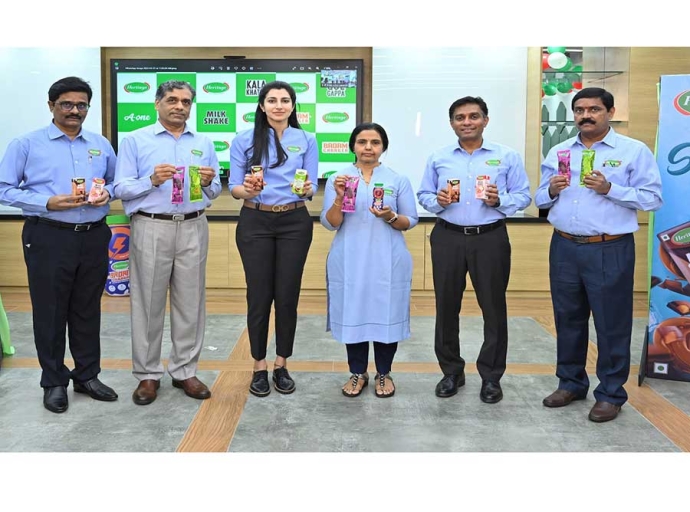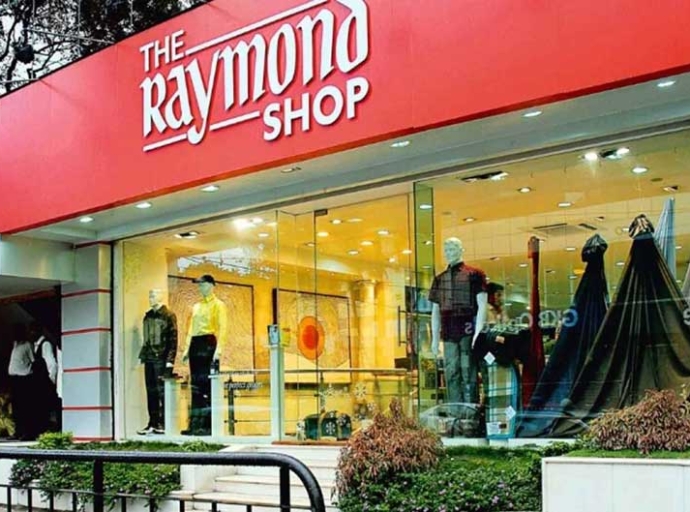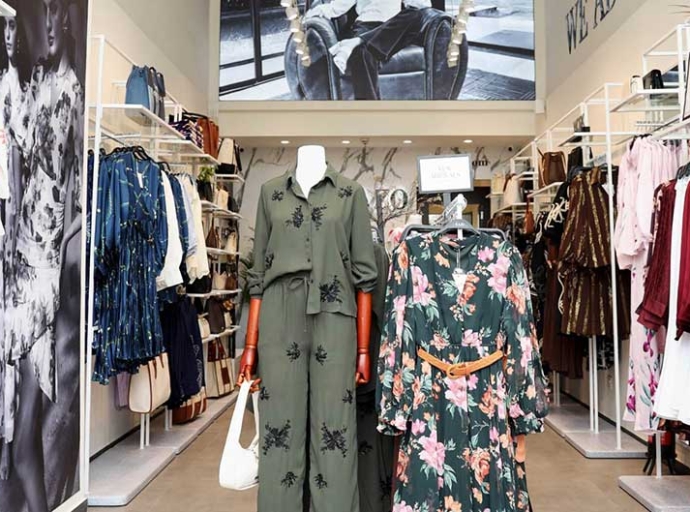02 June 2023, Mumbai
The first quarter of 2023, which ended March 31, 2023, saw consolidated sales of €3,380 million for the French luxury design company Hermès.
Kering, a French luxury conglomerate, announced Q1 FY23 sales of €5,077 million, an increase of 2% over reported figures and 1% over comparable statistics. Adidas announced flat sales for the first quarter of 2023, currency-neutral.
The first quarter of 2023, which ended March 31, 2023, saw consolidated sales of €3,380 million for the French luxury design company Hermès. Revenue increased by 22% at current and 23% at constant exchange rates.
Hope and Optimism Prevail
The sales demonstrated dynamism across all business lines and geographical regions. With the opening of its 21st leather products facility in Louviers in April, the firm has increased its production capabilities and solidified its artisanal business model.
However, by the end of March, the impact of currency movements on revenue was negative by €21 million. With the exception of transactions that took place under the parameters of the liquidity contract, Hermès International did not redeem any shares.
Unfolding story
At the time of reporting, there was no information about profitability. The group reiterated an aggressive target for revenue growth at constant exchange rates in its medium-term forecast.
The group was inspired to enter 2023 with confidence by the highly integrated artisanal model, the balanced distribution network, the innovative collections, and the devoted customer base.
Hermès will keep pursuing its long-term development plan, which is built on originality, holding onto know-how, and unique communication.
Factors Driving Growth
Another French fashion company, LVMH Mot Hennessy Louis Vuitton, released Q1 FY23 results with revenue of €21 billion, up 17% from the same quarter in 2022. The organic growth was also the same, despite the geopolitical and economic situation continuing unstable. All business sectors had double-digit growth with the exception of wine and spirits.
While sales of leather and fashion products jumped 18% to €10,728 million, selective retailing saw the highest growth rate of 30% during the first three months of 2017.
Asia experienced a big rebound when health restrictions were lifted, while Europe and Japan experienced great growth momentum because of strong demand from domestic consumers and foreign tourists.
The US continued to develop gradually. Additionally, LVMH limited its reporting to simply sales performance. At the beginning of the year, LVMH maintained both vigilance and confidence.
LVMH will continue to follow its strategy centered on the growth of its brands, motivated by a consistent policy of innovation and investment as well as by a never-ending pursuit of excellence in its goods and distribution.
Apparel Retail Sees Global Boom, but Challenges Loom Ahead
Hugo Boss, a German fashion brand, maintained its momentum from 2022 in the first quarter of 2023 as well, putting forth strong financial and operational results while generating appreciable top and bottom-line gains. Sales for the group totaled €968 million, up 25% from €772 million in Q1 FY22.
All regions saw double-digit sales growth, with the growth rate being the same in both adjusted currency and constant currency terms. When compared to the final quarter of 2022, the revenues significantly outperformed pre-pandemic levels by 44% in adjusted currency terms.
In Q1 FY23, the group produced an operational profit, or EBIT, of €65 million, up 63% from €40 million in the prior year. This resulted in an increase in EBIT margin of 160 basis points to 6.7%.
Growth levers; Significant top-line gains were the primary driver of the growth, more than offsetting a little fall in gross margin, which fell 30 basis points to 61.4%. As part of its CLAIM 5 strategy, the company is dedicated to continuing with additional investments in the company.
The group upgraded its top- and bottom-line projections for 2023:
Sales will climb by 10% at €4 billion, and EBIT will rise by 10% to 20%, or €370–€400 million, compared to a prior increase of +5% to +12% (€350–€375 million).
Continuous investments in its brands, products, and digital know-how as part of CLAIM 5 are expected to be more than compensated by a gross margin growth that is at least constant in 2023 and additional efficiency improvements for its brick-and-mortar retail store network.
Strong Growth Amidst Pandemic Challenges
Cause & effect; The apparel retail sector has witnessed significant growth worldwide, despite the ongoing challenges posed by the COVID-19 pandemic. In 2022, the industry demonstrated resilience in navigating through various obstacles such as the Omicron variant and the Russia-Ukraine conflict.
US Leads Retail Sales Growth, Imports Soar
The United States emerged as a leader in retail sales growth, with revenues reaching $264.05 billion in 2021, representing a 36.37% increase compared to the previous year.
This growth continued into 2022, with sales in the US rising by 13.76% to $81 billion during the January-April period. Furthermore, clothing imports by the US surged by 40.55% year-on-year to $32.43 billion.
Industry's Trajectory
Bangladesh dominated clothing imports to the US, accounting for a 65% share in 2021 and the first four months of 2022. During this period, clothing imports from Bangladesh and India increased by 65% and 56%, respectively.
The growth in the industry can be attributed to pent-up demand, wage growth, revenge buying, and the reopening of economies in the US and the UK.
Additionally, the introduction of new fashion styles by retailers has further fueled this growth.
In the UK, apparel retail sales grew by 15% to £38.10 billion in 2021, while clothing imports declined by 9.50% to £20.80 billion. EU apparel imports also rebounded in 2021, increasing by 5.60% to €72.30 billion, with imports from Bangladesh growing by 20% to €14.30 billion.
Japan Faces Fluctuations
Japan experienced fluctuations in apparel retail sales and imports from 2019 to 2021, but the market is projected to grow at a compound annual growth rate (CAGR) of 4.13% until 2026.
Skepticism and Challenges Ahead
Despite the positive trends, experts remain skeptical about sustaining this growth in the coming months. Reports indicate that retailers such as Target have canceled orders and reduced prices to clear excess inventory.
Additionally, the global industry-wide Christmas sales fell short of projections, negatively impacting profits in the first quarter of 2023. Retailers are now focusing on stabilizing profit margins by reducing excess inventories and cutting unnecessary hiring.
Optimism and Strategies for Bouncing Back
The future outlook for the industry remains uncertain, with recession fears and a potential slowdown in sales growth after the sharp increase observed in the post-COVID period.
However, retailers are optimistic about bouncing back by implementing focused product portfolios and expanding sales and distribution channels. The next quarter will be crucial in determining the industry's trajectory and profitability.
Latest Publications


































